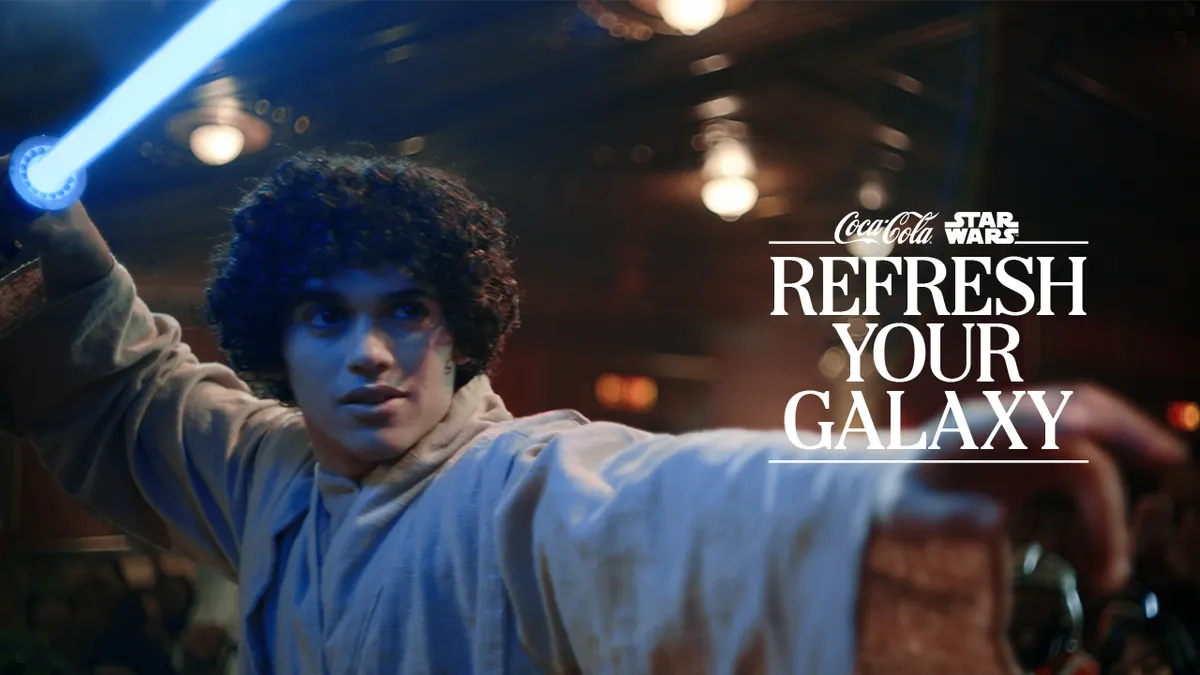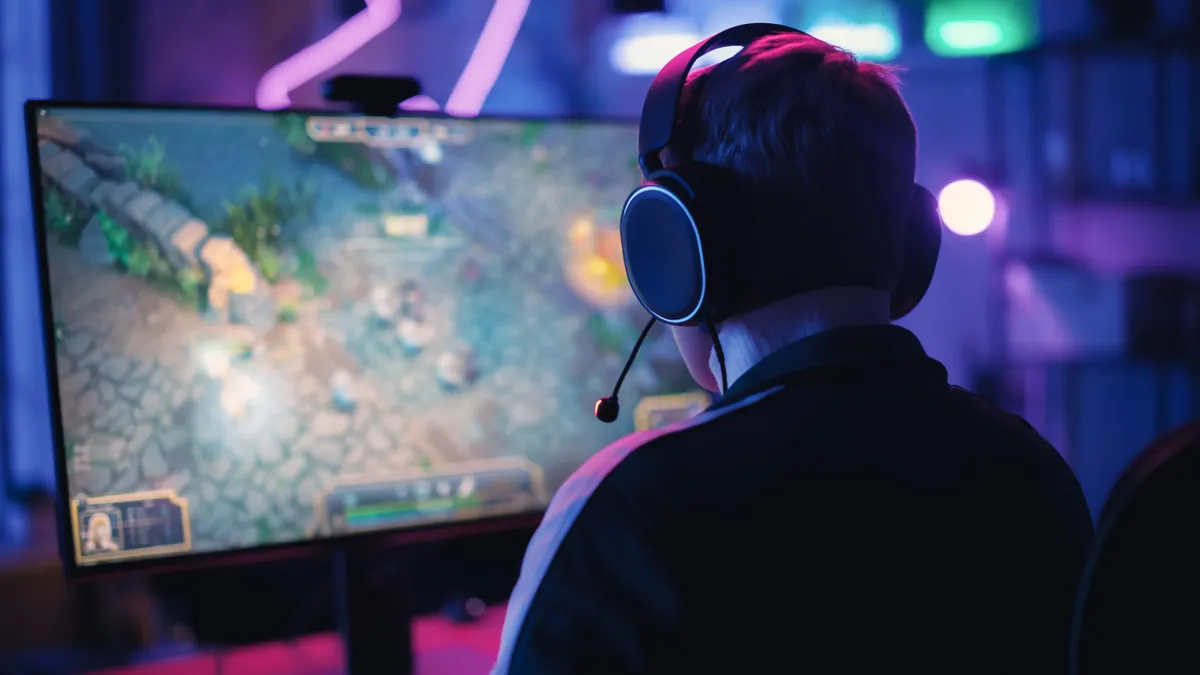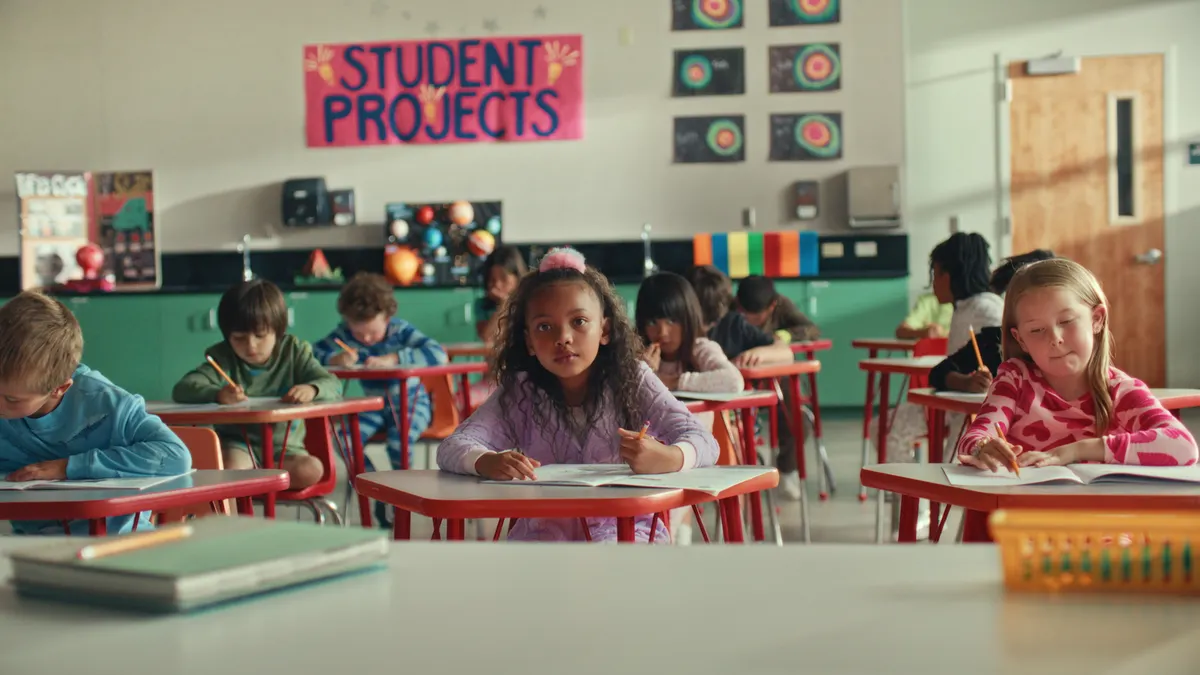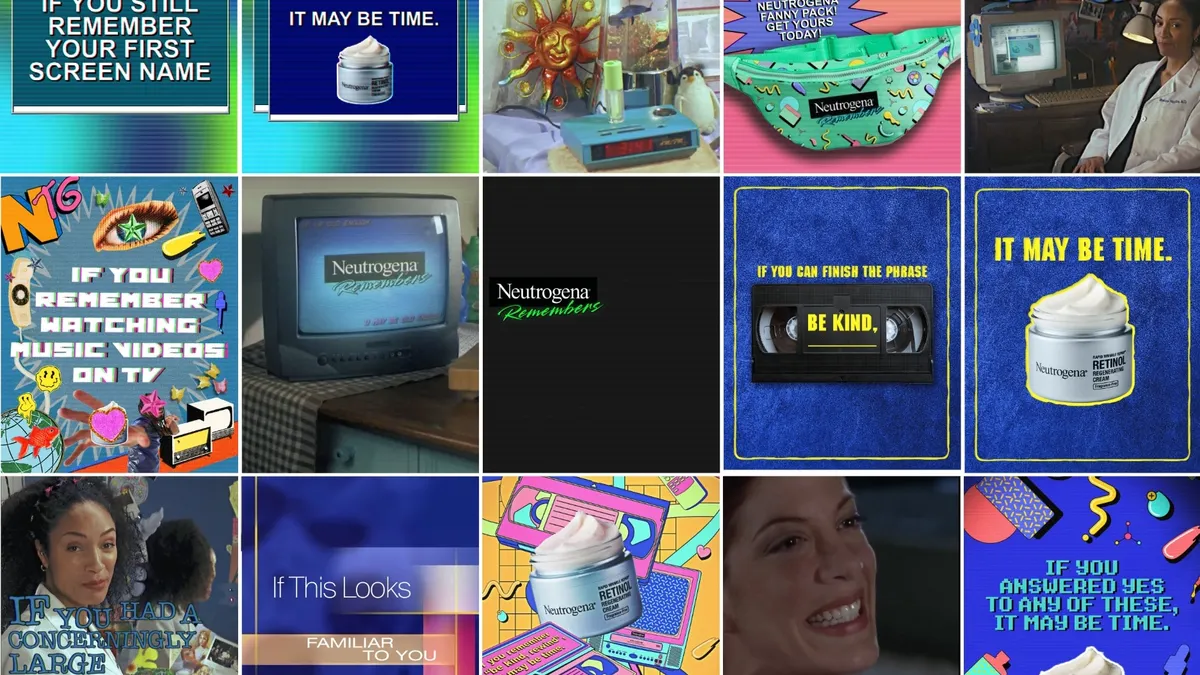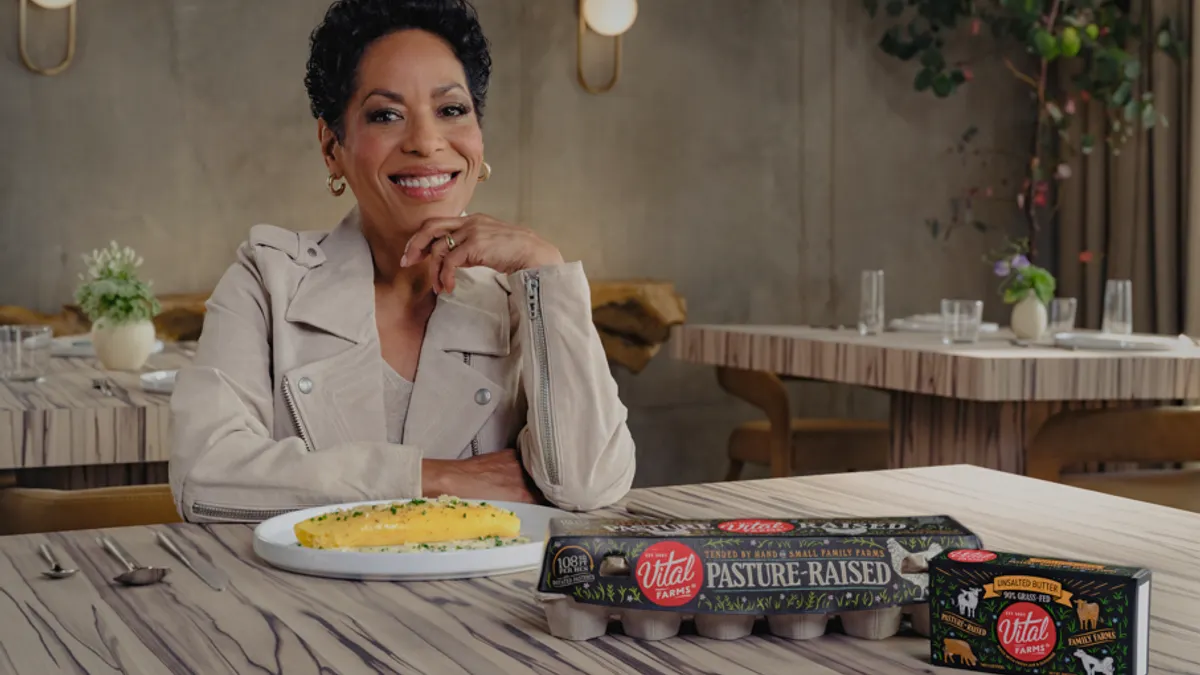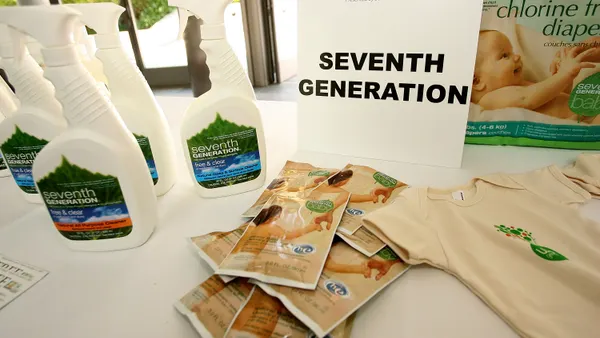Gaming was one of the big winners of the pandemic, seeing an uptick in players along with viewers willing to tune into livestreams on platforms like Twitch. Like a lot of digital categories that once saw a boost from COVID-19 closures, the narrative has changed quickly. Video game growth has come back down to earth in recent months, aligning with an overall less certain economic picture. There’s also been a draught of high-profile releases following blockbusters earlier this year like “Elden Ring.”
Yet, a leveling-off for gaming isn’t discouraging marketers. At a virtual roundtable discussion put on by the Interactive Advertising Bureau (IAB) Monday, representatives from brands, agencies, platforms and developers remained firmly bullish on the category, viewing it as a key channel for engaging young audiences — as well as one that could benefit from more robust tools to match its enshrinement in the cultural mainstream.
“It was a little bit unreasonable to expect that we're not going to see some sort of decline from that massive amount of engagement,” said Paul Mascali, PepsiCo’s head of gaming and esports, during a reporter Q&A portion of the media-only event. “I still think it is a main focus for us. I don't think we're spooked, per se, about the declines in overall game sales.”
Recent marketing moves support the argument that the industry isn’t shying away in the face of a cooldown. Esports deals are more common, with companies targeting diverse partners in the professional gaming arena. Kellogg’s Frosted Flakes just reinvented mascot Tony the Tiger as a virtual Twitch streamer, or VTuber, that plans to participate in battle royale games with popular creators. And on the agency side of the business, specialty shops are gaining appeal. The Omnicom Advertising Collective earlier this week unveiled a bespoke solution dedicated to a range of gaming tactics for clients.
“We have to move away from gaming being siloed as this niche activity. It's mass entertainment,” said Zoe Soon, vice president of the Experience Center at the IAB. “We don't say, ‘Is my brand right for TV watchers?’”
Due for an upgrade
Even as gaming nears ubiquity, the marketing infrastructure around it is less well-rounded compared to other channels. The IAB has made a concerted effort to address the gap this year. In the spring, it held the inaugural Playfronts, an event dedicated to media-buying in games that drew hundreds of attendees, some of whom returned for the roundtable Monday.
The trade group is also busy updating measurement guidelines for in-game advertising that it first introduced in 2009. The playbook previously relied too much on the existing model for digital ads, according to Soon, and didn’t do enough to recognize the specifics of messaging in 3D worlds. While greater industry standardization feels long overdue, revisiting the topic has surfaced complexities particular to in-game advertising that can be difficult to solve.
“If a branded object like a shoe is in view, but the Nike swoosh is not in view — it's not turned to where the player can see it — does that count as a view? We kind of go through all those little edge cases,” said Soon.
Achieving better measurement might be needed to assure marketers that in-game ads are worth the spend. Mascali said PepsiCo focuses on two types of game advertising: dynamic in-game ads and what he described as a “hard-coded” approach, where the product is woven into the experience from the get-go. The latter tactic relies on close partnerships with the developer, which can be resource-intensive but ensures a clear integration. The former has generated more traction of late but faces its own set of challenges.
“The new guidelines are just going to help us better assess value overall and make ourselves a little bit more comfortable,” said Mascali of dynamic in-game ads. “It'll help our internal media teams and agencies feel a little bit more confident in the value we're getting back.”
“We're still ... trying to figure out, as more developers are starting to embed this feature of dynamic advertising into games, how we can pass that value back to our brands,” he added.
The Holy Grail
Marketers and agencies are hungry for more granularity in a broad sense, especially since the pandemic helped diversify gaming’s reach beyond its historic hold with young men. A frequently cited statistic suggests nearly half of gamers in the U.S. are now women.
“Gamer,” in general, has a richer definition today than it did 10 years ago, encompassing everything from followers of hardcore shooters like the Call of Duty franchise to those who casually swipe through mobile puzzle games on their commute. Still, it’s an area where many brands are stuck in a narrow mindset.
“Before the pandemic, sub-segments weren’t necessarily something that marketers were looking into,” said Keith Soljacich, head of innovation at Publicis Media. “They bucketed gamers in their own sub-segment. Now, it's so prolific and so widespread, you can find your audience within the gaming community as opposed to forcing the gaming community into your audience.”
Efforts to cater to a wider set of gamers can be seen in trends like a proliferation of sponsorships aimed at female organizations and creators. But as much as they tout gaming’s progress in reaching new audiences, brands clearly have one demographic top of mind in their ongoing quest to crack the industry code.
“More and more, gaming is marching toward ubiquity, especially with the Gen Z and younger generations,” said Soon. “Gen Z is like the Holy Grail now as they age into being the household decision makers and the main spenders.”








